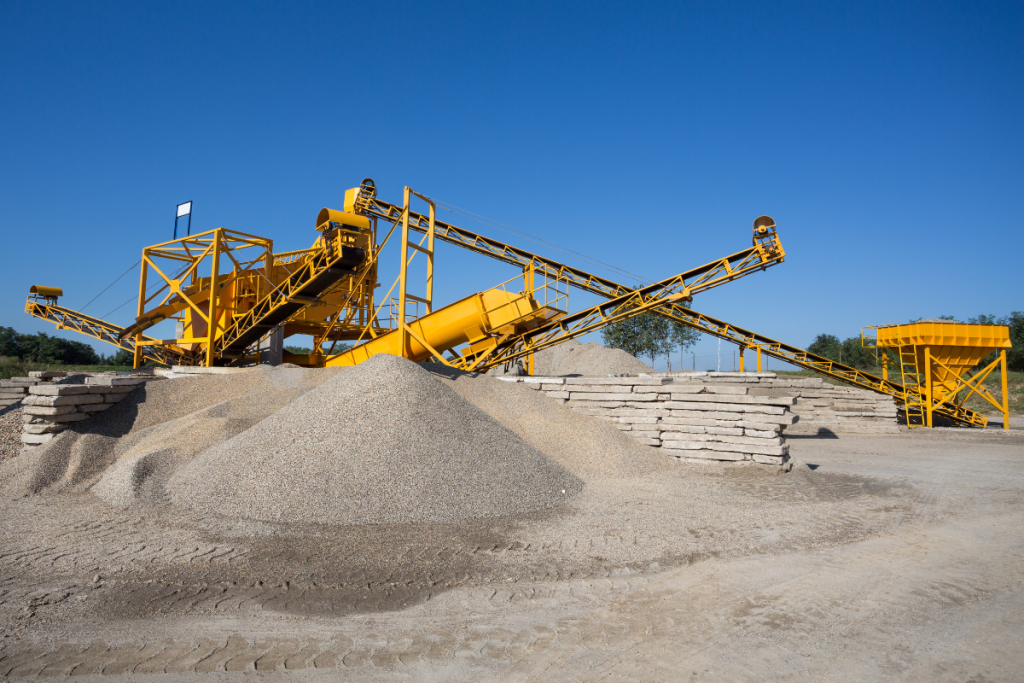Introduction to Sand Cement Estimating
Accurate estimation is one of the cornerstones of successful construction projects. Whether you’re working on a small residential project or a large commercial venture, getting the quantities of materials right is crucial. Among the most important materials in construction are sand and cement, which are used in everything from foundations to plastering. The process of estimating the required quantities of these materials is known as “Sand Cement Estimating.” This guide will delve into the essentials of sand cement estimating, its importance, and how to approach it effectively.
Understanding the Basics of Sand Cement Estimating
Sand cement estimating involves calculating the amount of sand and cement needed for a construction project. These materials are typically used to make mortar and concrete, which are vital components in masonry, plastering, and other construction work.
Key Components of Sand Cement Estimating
- Mix Ratios: Different construction tasks require different mix ratios of sand and cement. For example:
- Concrete: Typically, a mix of 1 part cement to 2 parts sand and 4 parts gravel (aggregate) is used.
- Mortar: Often mixed in a ratio of 1 part cement to 4-6 parts sand.
- Plaster: Usually mixed in a ratio of 1 part cement to 4 parts sand. Understanding the correct mix ratio is crucial for accurate sand cement estimating.
- Volume Calculations: The volume of sand and cement required is usually calculated in cubic meters or cubic feet, depending on the region and project specifications.
- Wastage Consideration: When estimating materials, it’s essential to account for potential wastage. Typically, an additional 5-10% of the estimated materials is added to cover any unforeseen shortages.
The Importance of Accurate Sand Cement Estimating
Accurate sand cement estimating is vital for several reasons:
- Cost Control: Overestimating leads to unnecessary costs, while underestimating can cause project delays and additional expenses. Accurate estimates help keep the project within budget.
- Resource Management: Proper estimates ensure that materials are available when needed, preventing work stoppages.
- Quality Assurance: Using the correct amounts of sand and cement ensures that the concrete or mortar has the necessary strength and durability.
- Environmental Responsibility: Reducing waste by accurately estimating the required materials minimizes the environmental impact of the construction process.
Steps in Sand Cement Estimating
Step 1: Assess the Project Requirements
The first step in sand cement estimating is understanding the specific needs of your project. This includes the type of construction (e.g., residential, commercial, infrastructure), the scope of work (e.g., foundation, walls, plastering), and the mix ratio required.
Step 2: Measure the Area or Volume
Next, measure the area or volume where the sand and cement will be used. For example:
- For a foundation or slab: Calculate the length, width, and depth to determine the volume.
- For walls or plastering: Calculate the surface area and thickness to determine the volume.
Step 3: Determine the Mix Ratio
Based on the type of work, determine the appropriate mix ratio for sand and cement. This will influence the quantity of each material needed.
Step 4: Perform the Calculations
Use the measurements and mix ratio to calculate the required quantities of sand and cement. For example, if you’re working on a concrete slab:
- Calculate the total volume needed.
- Apply the mix ratio to determine the proportions of sand, cement, and gravel.
Step 5: Account for Wastage
Always add a margin for wastage, typically 5-10%, to ensure you have enough materials to complete the project without interruptions.
Step 6: Verify and Adjust
Finally, review your calculations and adjust as necessary based on the specifics of your project. Consult with suppliers or industry standards to ensure that your estimates are accurate and realistic.
Common Challenges in Sand Cement Estimating
Sand cement estimating can be challenging due to various factors:
- Inaccurate Measurements: Mistakes in measuring the area or volume can lead to significant errors in material estimates.
- Incorrect Mix Ratios: Using the wrong mix ratio can compromise the strength and durability of the construction.
- Environmental Conditions: Weather conditions, such as humidity and temperature, can affect the mixing and setting of cement, leading to variations in material needs.
- Transportation and Storage Losses: Materials can be lost or damaged during transport or storage, so it’s important to account for these factors in your estimates.
Tools and Techniques for Effective Sand Cement Estimating
To improve accuracy and efficiency in sand cement estimating, various tools and techniques can be used:
- Estimating Software: Digital tools can automate calculations and reduce errors, providing more accurate estimates quickly.
- Spreadsheets: Custom spreadsheets can be used to perform manual calculations and track material needs across different phases of the project.
- Professional Estimators: Hiring or consulting with professional estimators can help ensure that your estimates are precise and based on industry standards.
Accurate sand cement estimating is a critical component of any successful construction project. By understanding the basic principles, following a systematic approach, and utilizing the right tools, you can ensure that your project has the right amount of materials, leading to better cost control, resource management, and overall quality. Whether you are a seasoned professional or new to construction, mastering sand cement estimating will enhance your ability to deliver projects on time and within budget.
Are you looking for the best estimating services in USA?
Look no further than “https://zionestimating.com”
They are offering top-notch services like;
- Construction/cost estimation
- Budget planning
- Material takeoff
- Equipment estimation
and further more!!!
Here are some more information for your convenience:
Location:7083 Hollywood Blvd, Los Angeles, CA 90028, USA
Phone no. : +1 718-427-9941 || +1 562-383-6177
Email: [email protected]
Directions:
https://maps.app.goo.gl/EpPyhRa9rPMDR1kv8
Visit their blogs and site
https://zionestimating.com for the latest updates and service tips!
